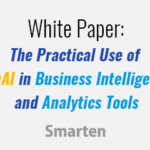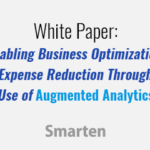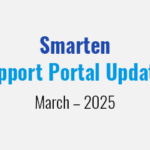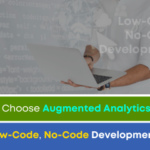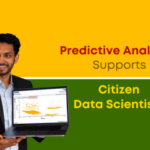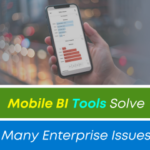This article provides a brief explanation of the SVM Classification method of analytics.
What is SVM Classification Analysis?
SVM Classifications are based on the idea of finding a hyper plane that best divides a dataset into predefined classes, as shown in the image below. The goal is to choose a hyperplane with the greatest possible margin between the hyper-plane and any point within the training set, giving a greater chance of new data being classified correctly.
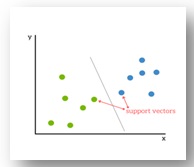
To explore this technique further, let’s conduct the SVM classification using the following variables:
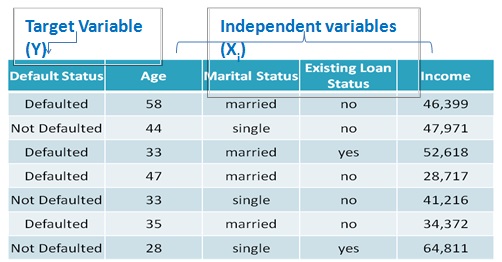
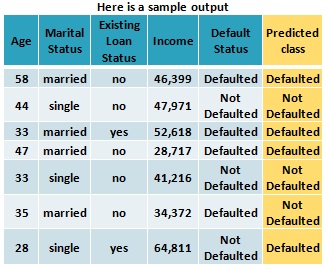
Here we see a sample output for the actual versus predicted outcome.

Classification Accuracy (35+ 70) / (35+70+4+4) = 92%. The prediction accuracy is useful criterion for assessing the model performance. Model with prediction accuracy >= 70% is useful
Classification Error = 100- Accuracy = 8%. There is 8% chance of error in classification
SVM Classification Analysis can be used for many analytical tasks:
- Credit/Loan Approval Analysis – Given a list of client transactional attributes, a business can predict whether a client will default on a loan.
- Medical Diagnosis – Given a list of symptoms, a doctor can predict if a patient has a particular disease.
- Weather Forecasting – Based on temperature, humidity, pressure etc. the organization can predict precipitation.
- Treatment Effectiveness Analysis – Based on the body attributes of a patient, e.g., blood pressure, blood sugar, hemoglobin, prescription medication, and previous treatment methods, a doctor can determine the likelihood of treatment success.
- Fraud Analysis – Based on various bills submitted for employee reimbursement for food, travel, medical expenses etc., the organization can predict the likelihood of an employee submitting fraudulent expenses.
How Can SVM Classification Analysis Benefit Business Analytics?
Let’s examine two business use cases where SVM Classification can benefit the organization.
Use Case – 1
Business Problem: A bank loan officer wants to predict if the loan applicant will default on a loan, based attributes such as Loan amount, monthly payment installments, employment tenure, number of times delinquent, annual income, debt to income ratio etc. The target variable would be ‘past default status’ and the predicted class would contain values ‘yes or no’ representing ‘whether the applicant is likely to default/unlikely to default’.
Business Benefit: Once classes are assigned, the bank will have a loan applicant dataset with each applicant labeled as “likely/unlikely to default”. Based on these labels, the bank can easily make a decision on whether to give loan to an applicant and how much credit to extend, as well as the interest rate each applicant is eligible for based on the amount of risk involved.
Use Case – 2
Business Problem: A doctor wants to predict the likelihood of successful treatment of a patient illness based on various attributes such as blood pressure, hemoglobin level, blood sugar, prescription medications, and current and previous treatments. The target variable would be ‘past cure status’ and predicted class would contain values ‘yes or no’ meaning ‘prone to cure/not prone to cure’ respectively.
Business Benefit: Given the patient profile, and current and previous treatments and medications, the doctor can establish a probability of success and make changes in treatments/medications.
SVM Classification analysis can help organizations to predict outcomes, based on attributes and variables in the profile of a customer, a patient, a product or other subjects or targets that are crucial to enterprise success.
The Smarten approach to augmented analytics and modern business intelligence focuses on the business user and provides tools for Advanced Data Discovery so users can perform early prototyping and test hypotheses without the skills of a data scientist. Smarten Augmented Analytics tools include assisted predictive modeling, smart data visualization, self-serve data preparation, Clickless Analytics with natural language processing (NLP) for search analytics, Auto Insights, Key Influencer Analytics, and SnapShot monitoring and alerts. These tools are designed for business users with average skills and require no specialized knowledge of statistical analysis or support from IT or data scientists. Businesses can advance Citizen Data Scientist initiatives with in-person and online workshops and self-paced eLearning courses designed to introduce users and businesses to the concept, illustrate the benefits and provide introductory training on analytical concepts and the Citizen Data Scientist role.
The Smarten approach to data discovery is designed as an augmented analytics solution to serve business users. Smarten is a representative vendor in multiple Gartner reports including the Gartner Modern BI and Analytics Platform report and the Gartner Magic Quadrant for Business Intelligence and Analytics Platforms Report.



